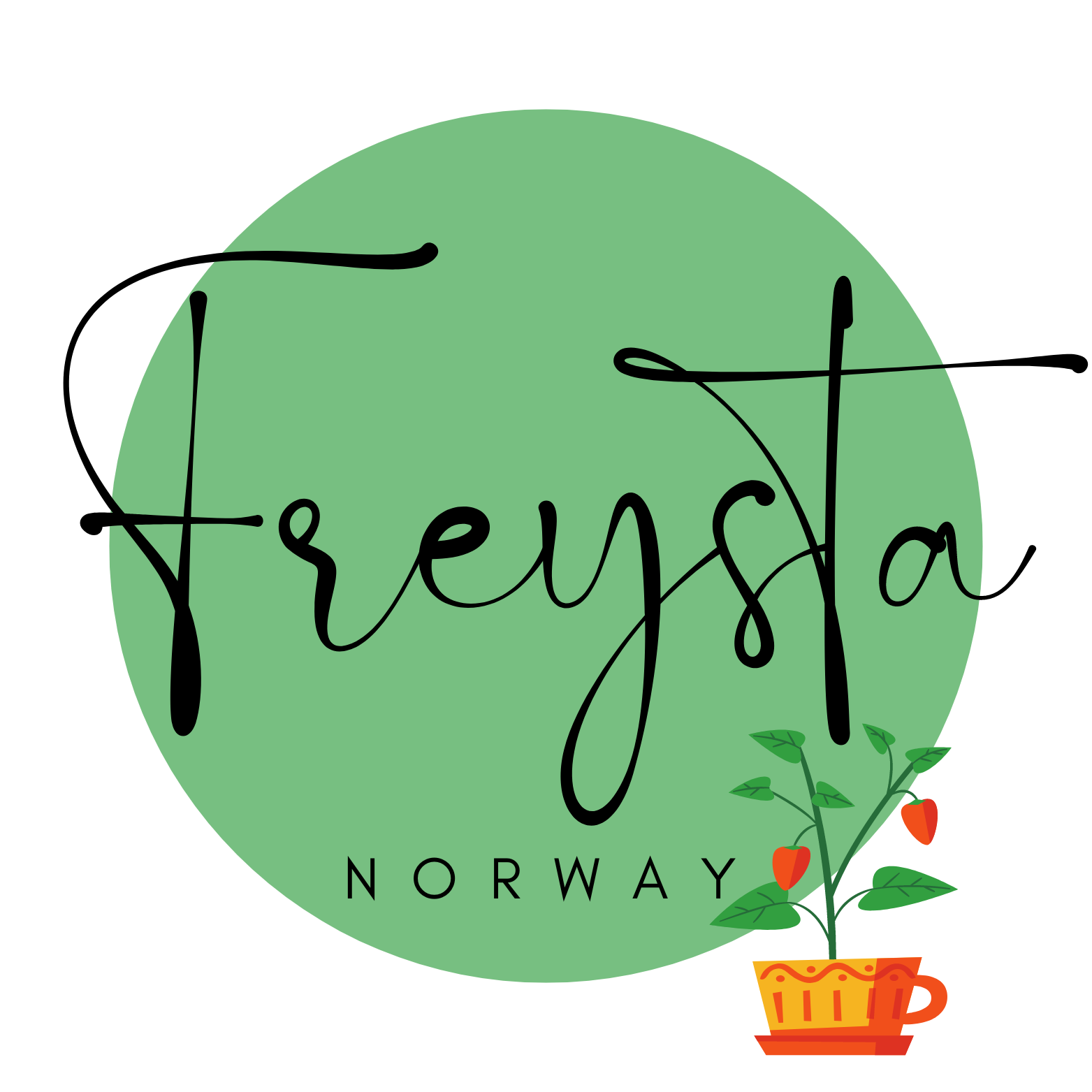Autumn Equinox – Goodbye, Sweet Norwegian Summer!
- Marion Solheim
- Sep 22
- 3 min read

The autumn equinox was a time filled with myths, rituals and symbolism back in the days. For the Vikings, it started the countdown to Høstblot – where food, animals (and sometimes people, probably) were sacrificed. For the Norwegians of today, though it’s more of a goodbye to summer and a hello to autumn.
Autumn Equinox – When Day Meets Night
The autumn equinox is one of the two days of the year when the sun stands directly above the equator, giving every corner of the Earth roughly 12 hours of daylight and 12 hours of darkness. This happens when the sun crosses the celestial equator, and from then on, nights grow longer while days shorten. Until the winter solstice, when the light slowly begins to return.

The date usually falls on September 22nd or 23rd, while its spring counterpart, the vernal equinox, comes around March 21st. In both cases, day and night are nearly equal. In fact, the word equinox comes from Latin, meaning “equal night.”
Myths and the Old Norse Winter Night – Blot
Across cultures, the equinox has been a time filled with myths, rituals, and symbolism. Many saw it as a moment of great power, when balance ruled the world. Light and dark in harmony.
In Norse mythology, the changing of the seasons was often seen as the result of the actions of gods and other supernatural beings. The autumn equinox marked the transition from summer’s growth to winter’s darkness. Vinternatten (literally “winter night”) - also known as høstblot or winter day was was a pagan sacrificial feast held 28 days after the autumn equinox. The høstblot was dedicated to the norse god of fertility, Frøy (or Freyr in English).

The blot was likely the most important ritual for followers of the Norse religion during the Viking Age. In these ceremonies, objects, animals, or food and drink were sacrificed to the gods. And, well, sometimes people. At least that is what the historical experts deem likely. What was offered was known as blotfe. The Vikings believed that the blot would please the gods and help maintain balance in the world.

An important part of the ritual was a communal feast, where family and friends shared the meat from the sacrificed animals along with ale and mead. This blot feast fostered a sense of fellowship. Not only among the participants themselves, but also between humans, the gods, and other powers.
Vinternatten was tied to several customs. For centuries in rural Norway, it was the traditional moving day for farm workers, alongside Summer Day (April 14th). Outside of these days, moving or changing jobs was forbidden.
People also used to believe that whatever weather came on vinternatten would set the tone for the whole season. A snowy start meant a snowy winter.
Harvesting and gratitude
For Norwegian farmers, the equinox often marked the time to gather crops and store food for the cold months ahead.

With the autumn equinox, it’s definitely a sweet farewell to the summer in Norway. We are moving from summer’s growth and light to winter’s cold and darkness. (Although we hope for many more sunny autumn days to come!)
For some, the autumn equinox is still celebrated as a time for reflection, gratitude and harmony and balance.
Sources:

